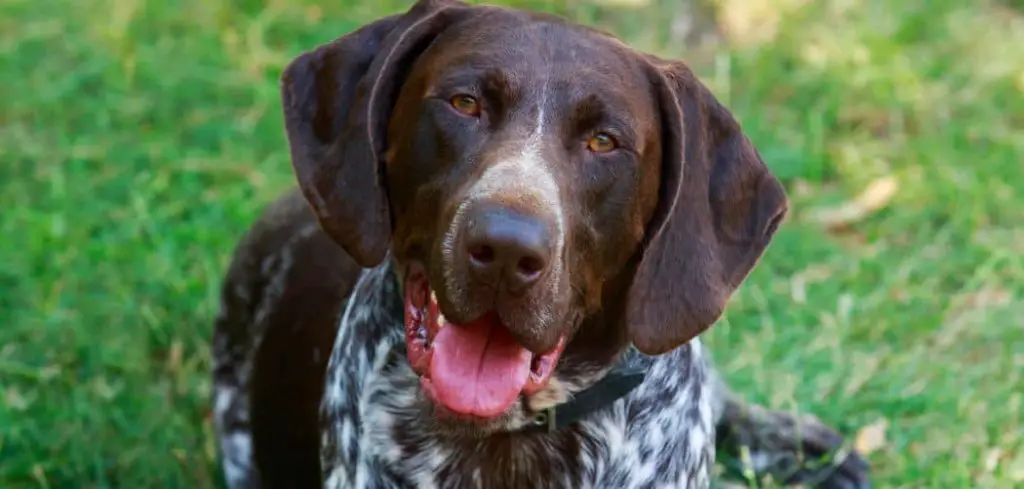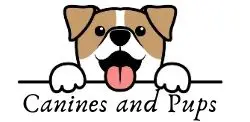If your dog is drooling and swallowing a lot, it might seem harmless at first, but this combination of symptoms can be an indication of an underlying health issue.
Just like how dog diarrhea and drinking lots of water can signal gastrointestinal trouble or a systemic illness, excessive dog drooling and swallowing frequently can point to problems that range from mild to serious.
We outline the reasons why your dog is drooling excessively and swallowing often, what you can do about it, and when you should seek veterinary care.
Table of Contents
Here’s why dog drooling and jaw chattering happens
Drooling and jaw chattering in dogs often occur together due to a range of underlying issues, including dental problems, nausea, neurological disorders, anxiety, or exposure to certain smells or tastes.
Jaw chattering is an involuntary movement that can be triggered by oral pain, such as a broken tooth or gum disease, while drooling may accompany it as a response to discomfort or irritation.
Sometimes, this combination may also signal seizures, toxin ingestion, or other medical concerns.

Common causes of dog drooling and jaw chattering
1. Dental Problems and Oral Pain
One of the most common causes of dog drooling and jaw chattering is oral discomfort or dental disease.
Issues such as tooth decay, gum infection (gingivitis), broken teeth, or oral ulcers can cause pain that makes a dog drool more than usual.
The jaw chattering may be an involuntary response to the discomfort or pain in the mouth.
Dogs often drool excessively when their mouth hurts, and they may also show signs like pawing at their face, reluctance to eat, or bad breath.
Jaw chattering can be an attempt to relieve the pain or might result from muscle spasms caused by oral irritation.
2. Nausea and Gastrointestinal Upset
Nausea in dogs often causes excessive drooling, sometimes referred to as “ptyalism.”
When a dog feels sick to their stomach, they may drool more and also exhibit jaw chattering as a sign of discomfort or mild tremors caused by queasiness.
Causes of nausea that lead to drooling and jaw chattering include eating something toxic, motion sickness, gastrointestinal infections, or certain medications.
If your dog is vomiting, has diarrhea, or shows lethargy alongside drooling and jaw chattering, nausea is a likely culprit.
Related: Dog is drooling and lethargic (Explained)
3. Neurological Disorders
Jaw chattering can be a symptom of neurological problems affecting muscle control or coordination.
Conditions such as seizures, tremors caused by vestibular disease (which affects balance), or nerve damage can cause involuntary jaw movements.
Sometimes, neurological issues can also lead to excessive drooling, either due to difficulty swallowing or loss of muscle control in the mouth and face.
These signs warrant immediate veterinary evaluation, especially if your dog shows other symptoms like disorientation, weakness, or loss of coordination.
4. Poisoning or Toxin Exposure
Exposure to toxins or poisons can cause excessive drooling and jaw chattering as part of a poisoning reaction.
Many toxic substances — including certain plants, chemicals, human medications, or spoiled food — irritate the nervous system and digestive tract.
If a dog ingests a poison, drooling may increase as their body attempts to flush out the toxin.
Jaw chattering or tremors can occur due to muscle spasms or neurological distress. In addition, vomiting, diarrhea, seizures, and lethargy may appear.
Immediate veterinary care is crucial if poisoning is suspected.
Related: Dog drooling and shaking head (Explained)
5. Anxiety, Stress, or Fear
Dogs sometimes drool and chatter their jaws when they are anxious, stressed, or fearful.
This can be a response to situations like thunderstorms, fireworks, car rides, vet visits, or separation anxiety.
Jaw chattering in stressed dogs may resemble trembling or shivering, often accompanied by other signs such as pacing, whining, panting, or hiding.
Excessive drooling due to stress occurs because the dog’s body produces more saliva in response to nervousness.
Understanding the triggers and managing your dog’s environment can help reduce these symptoms.
6. Cold or Low Body Temperature
Cold weather or a dog’s exposure to low temperatures can cause jaw chattering as a natural shivering response to generate warmth.
While this isn’t usually linked to drooling, some dogs might salivate more if they are stressed or uncomfortable from the cold.
However, if jaw chattering and drooling happen indoors or in warm environments, coldness is likely not the cause.
Related: Dog Drooling and Swaying (Explained)
What to do if your dog is drooling and jaw chattering
Monitor your dog closely
When you first notice drooling and jaw chattering in your dog, observe their overall behavior and environment.
Check for signs of distress, pain, vomiting, diarrhea, weakness, or changes in appetite.
Is your dog eating and drinking normally?
Are there any signs of injury or something stuck in their mouth?
Is your dog showing other neurological symptoms like seizures, weakness, or confusion?
Has your dog been exposed to anything toxic or unfamiliar recently?
Check the mouth and teeth
If your dog allows, carefully examine their mouth for any visible dental problems like broken teeth, swelling, sores, or foreign objects stuck in their mouth.
Oral pain is a common trigger for these symptoms.
Keep your dog comfortable and calm
If your dog’s symptoms seem mild and are related to anxiety or nausea, try to calm your dog in a quiet environment.
Provide fresh water, avoid stressful situations, and monitor for improvement.
Avoid self-medicating
Never give your dog over-the-counter human medications without veterinary advice, as many common drugs are toxic to dogs.
When to see a veterinarian immediately
Seek urgent veterinary care if your dog’s drooling and jaw chattering is accompanied by any of the following:
Severe or persistent drooling and jaw chattering that lasts more than a few hours or worsens
Signs of poisoning or toxin exposure such as vomiting, diarrhea, seizures, weakness, or difficulty breathing
Neurological symptoms like disorientation, seizures, loss of balance, or paralysis
Oral injuries or bleeding in the mouth or face
Difficulty swallowing or breathing
Refusal to eat or drink for more than 24 hours
Excessive lethargy or collapse
Early diagnosis and treatment can prevent serious complications, especially with neurological or toxic causes.
How veterinarians diagnose the cause of dog drooling and jaw chattering
Your vet will perform a thorough physical exam, focusing on your dog’s mouth, neurological function, and overall health status. They may also recommend:
Blood tests to check for infections, organ function, or toxins
X-rays or dental exams to look for oral issues
Neurological evaluation if seizures or tremors are suspected
Toxicology screening if poisoning is suspected
The diagnosis will guide appropriate treatment to relieve your dog’s symptoms and address the underlying cause.
Treatment options for dog drooling and jaw chattering
Treatment depends on the cause but may include:
Dental care: Cleaning, extraction of painful teeth, or treatment of oral infections
Medications: Anti-nausea drugs, pain relief, anti-anxiety medications, or anticonvulsants for neurological issues
Fluids and supportive care: To treat dehydration, especially if vomiting or diarrhea is present
Removal or antidote administration: In cases of poisoning
Behavioral therapy: To help dogs with anxiety-related drooling and jaw chattering
Follow your veterinarian’s advice closely and schedule follow-up visits to monitor progress.
Preventing dog drooling and jaw chattering
While some causes are unavoidable, you can reduce your dog’s risk of developing these symptoms by:
Regular dental check-ups and good oral hygiene
Avoiding exposure to toxic substances and unsafe foods
Managing anxiety through training, environmental enrichment, and calming aids if needed
Feeding a balanced diet and avoiding sudden changes in food
Keeping your dog warm in cold weather
Immediate vet visits if your dog shows signs of illness or injury
Key takeaway: Dog drooling and jaw chattering
Dog drooling and jaw chattering can signal many different conditions, ranging from simple nausea or stress to serious neurological disorders or poisoning.
It’s important to carefully observe your dog’s symptoms and seek veterinary care promptly if you notice persistent or severe signs.
By knowing the possible causes and acting quickly, you can help ensure your dog gets the care they need to stay happy and healthy.
If your dog is drooling and jaw chattering and you’re unsure what to do, always err on the side of caution and consult your veterinarian.
Early intervention can make a big difference in your dog’s recovery and comfort.
